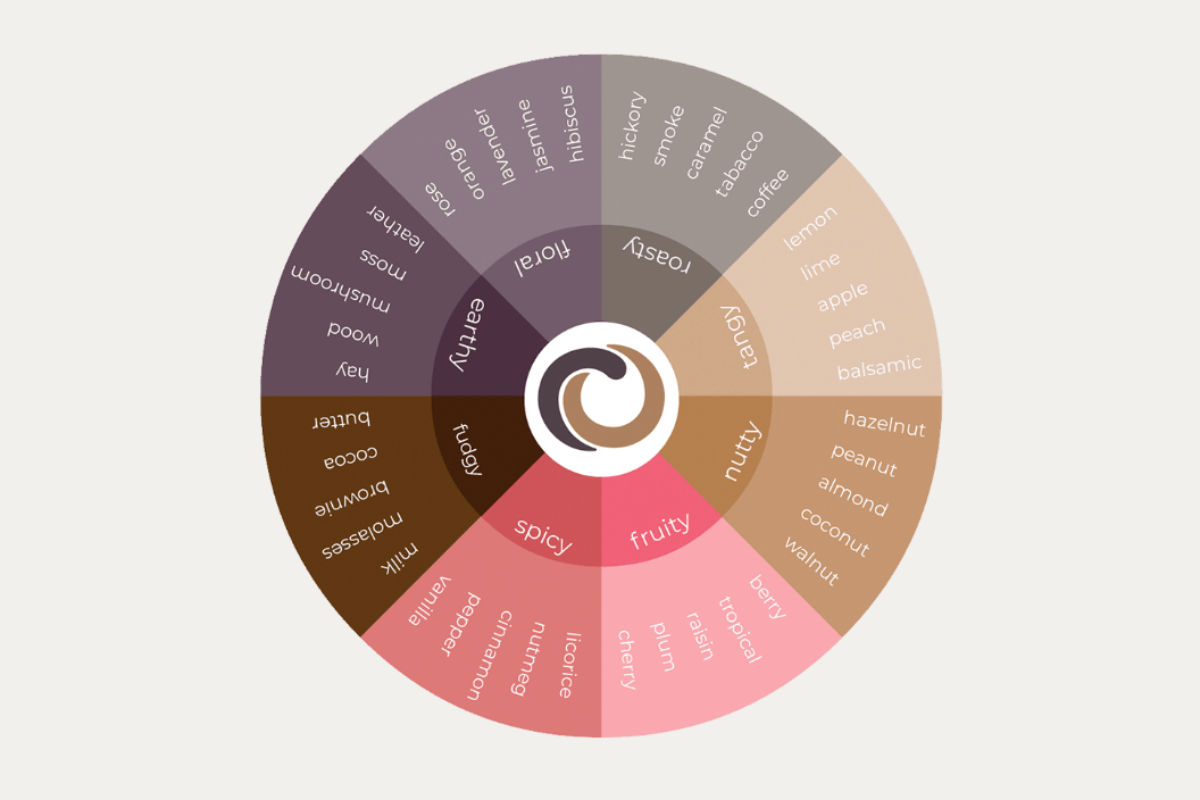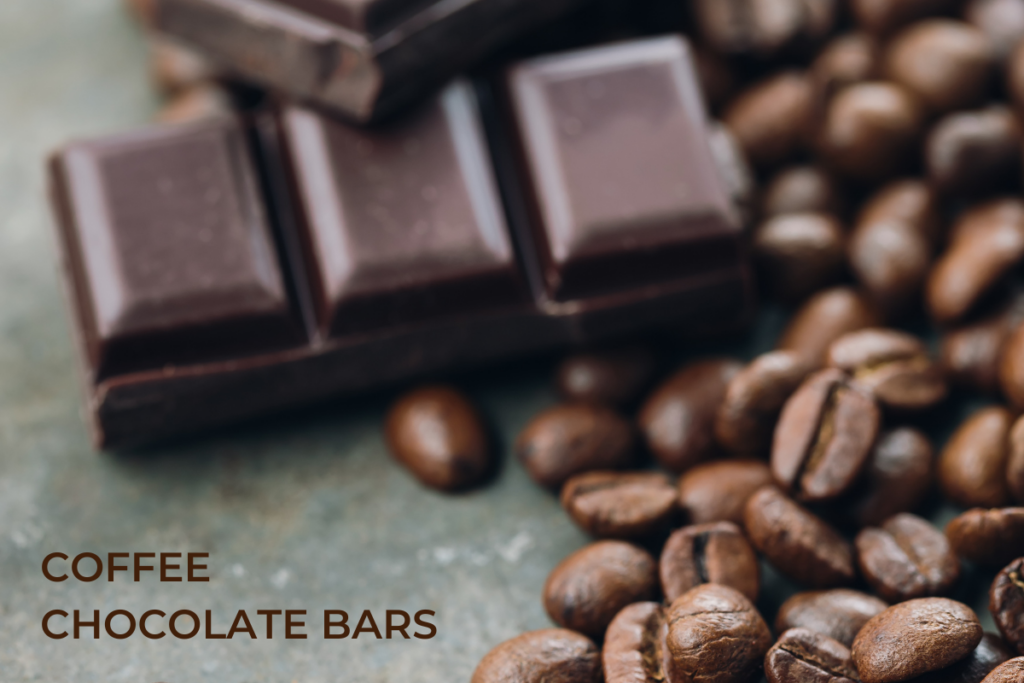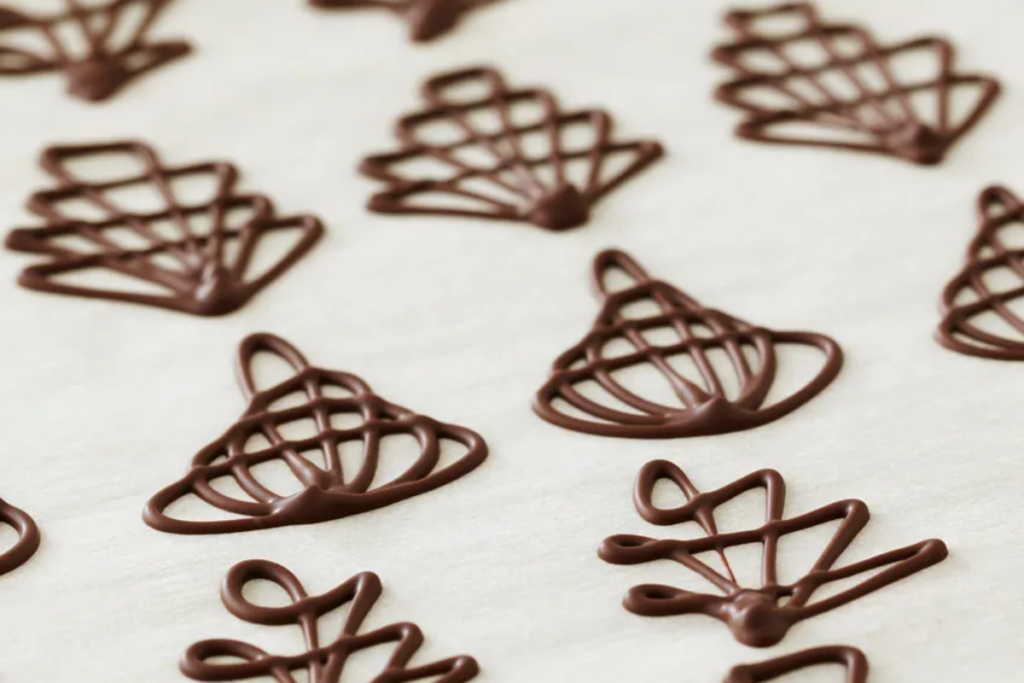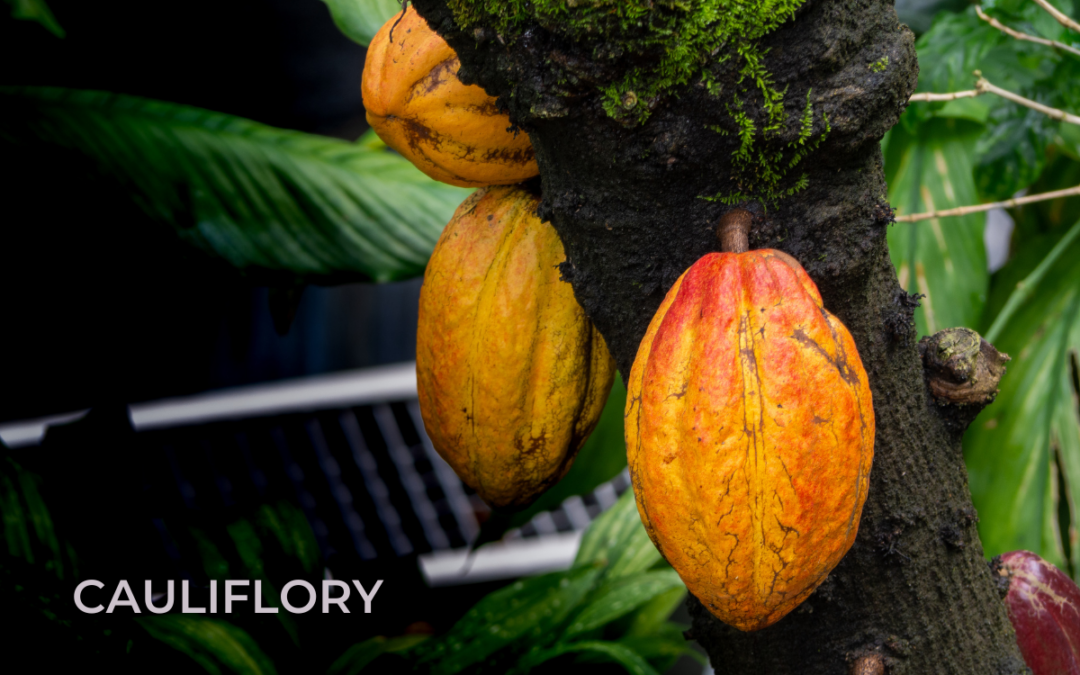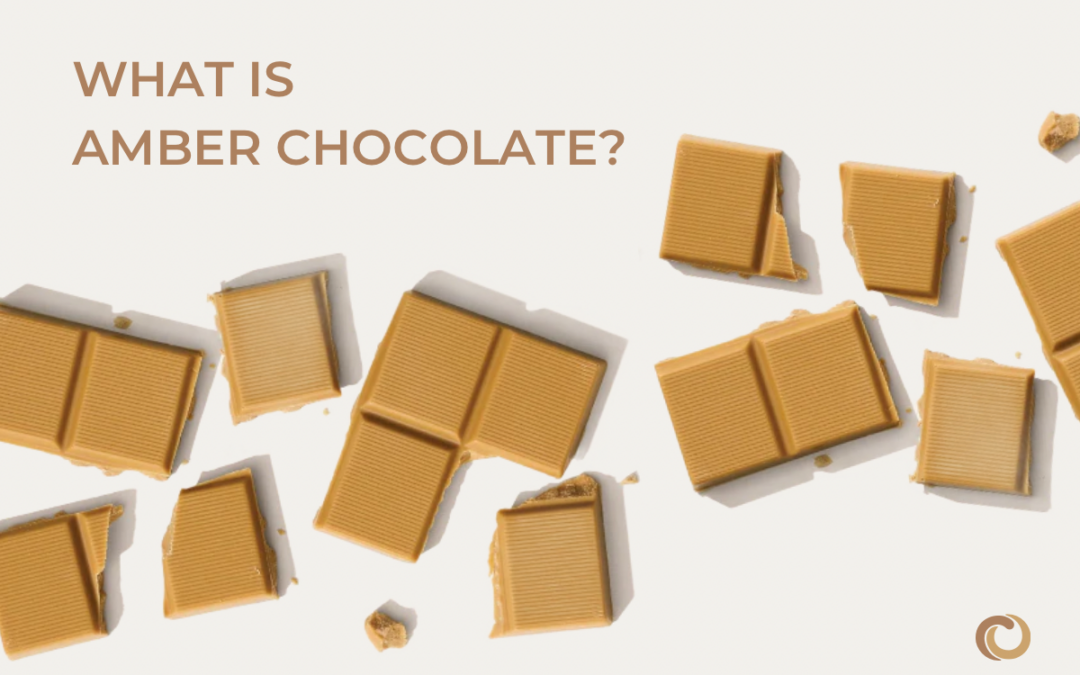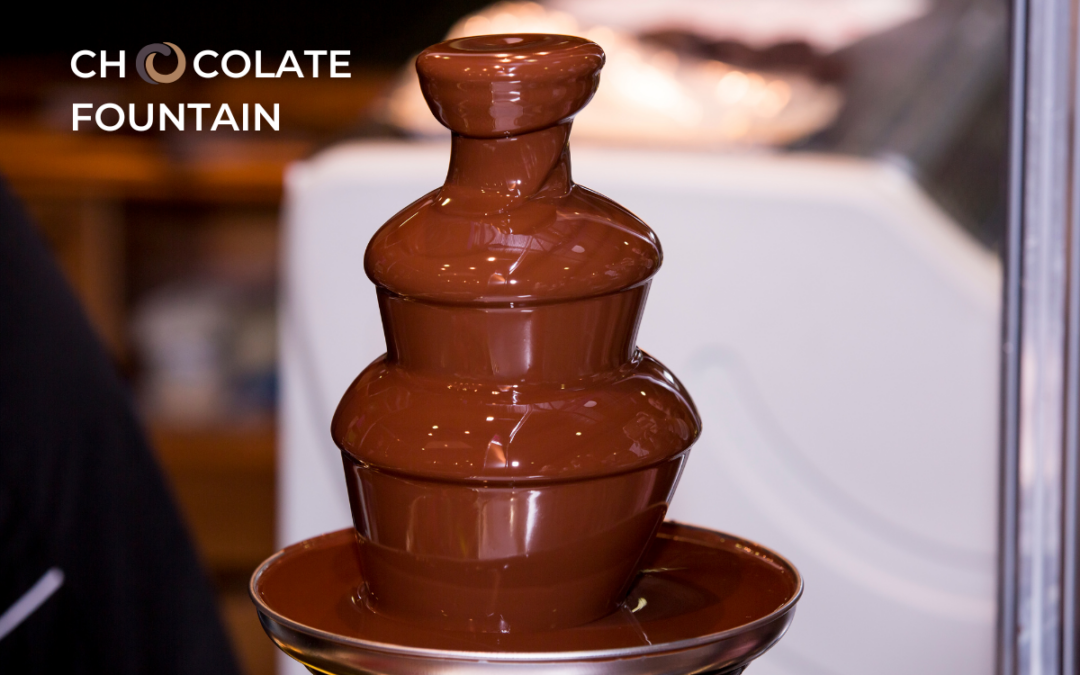If you love eating chocolate or are thinking about becoming a chocolate maker, you’ve come to the right place. We’re here to talk about the chocolate flavor wheel, a helpful tool for understanding and describing the many flavors that come directly from the cocoa beans. This tool will guide you in recognizing and explaining the different tastes you’ll encounter in various chocolates, allowing you to fully enjoy and appreciate it in new ways.
What is a chocolate flavor wheel?
A chocolate flavor wheel is a visual guide for tasting chocolate. Just as wine lovers use flavor wheels to describe different wines, chocolate enthusiasts, experts, and professionals use such a tool to understand and talk about the many flavors and smells in chocolate. The wheel is divided into sections, each representing different flavor categories like fruity, floral, nutty, earthy, fudgy, tangy, roasty and spicy. Within each category, there are specific words that describe the tastes, helping people recognize and enjoy the different experiences that come with chocolate from different origins.
The origins and purpose of the chocolate flavor wheel?
Chocolate experts and researchers made the flavor wheel to organize and categorize chocolate flavors. This makes it easier for people to understand and talk about the different tastes in chocolate and of course describe the different flavors and smells in chocolate.
The flavor wheel is useful for learning about chocolate flavors and improving tasting skills. It also helps professionals in the chocolate industry discuss and judge chocolate more accurately and encourages people to explore and enjoy the different varieties of flavors in chocolate.
If you search online, one thing you may notice is that there isn’t just one flavor wheel, there are many! Unlike other industries, chocolate makers around the globe haven’t coalesced around a particular flavor wheel. That means that there are many out there, so take time to explore the differences and similarities and see what you think.
How to Use the Chocolate Flavor Wheel
- Choose a chocolate: Begin by selecting a chocolate to taste. It can be any type or origin of chocolate that you’re interested in exploring.
- Observe the appearance: Observe the chocolate’s appearance. Pay attention to its color, shine, and texture.
- Smell the chocolate: Hold the chocolate near your nose and take a gentle sniff. Notice the aroma and try to identify any scents you detect.
- Taste the chocolate: Put a small piece of chocolate on your tongue and allow it to melt slowly. Pay close attention to the various flavors that develop as it melts. Remember, don’t bite it! let it melt.
- Consult the flavor wheel: Use the chocolate flavor wheel to identify and describe the flavors and aromas you’re experiencing. Look for categories that closely match the tastes and scents you detect, such as fruity, floral, nutty, earthy, fudgy, tangy, roasty, and spicy. We can find different flavors in chocolate, especially in premium varieties, which typically offer more complexity. On the other hand, industrial chocolate, which often includes added vanilla to add or mask the flavor, typically has fewer natural flavors.
- Describe your experience: Use the words on the flavor wheel to describe what you taste. This helps you talk about your experience and share thoughts with others. Do you taste berry, walnut, caramel, or vanilla?
- Explore different categories: Try tasting different kinds of chocolate and exploring the different flavor categories on the flavor wheel. This will expand your taste knowledge and help you understand the many different flavors chocolate can have.
- Practice and enjoy: With practice, you’ll get better at using the chocolate flavor wheel to recognize and enjoy the subtle (and not so subtle) flavors and scents in chocolate. Enjoy the adventure of exploring and tasting chocolate!
Key flavor categories on the chocolate flavor wheel
- Fruity: Includes notes of berries, citrus fruits such as oranges or lemons, tropical fruits like mango or pineapple, and stone fruits such as cherries or plums. Fruity flavors in chocolate can introduce a sweet and refreshing element to its taste profile.
- Floral: Has the presence of aromatic and fragrant notes similar to various flowers. These may include delicate hints of jasmine, rose, lavender, violet, or other floral essences.
- Nutty: It tastes and smells like different kinds of nuts, such as almonds, hazelnuts, peanuts, walnuts, or pecans. These flavors add richness and depth to chocolate.
- Earthy: The taste and smell reminds you of things found in nature, like soil, mushrooms, or minerals. These flavors might include hints of damp earth, the forest floor, or fresh cut wood, which give the chocolate more depth and complexity.
- Fudgy: This chocolate is like enjoying a rich chunk of fudge, that dense, creamy treat made from sugar, butter, and milk. It brings rich, indulgent tastes of caramelized sugar, melted chocolate, and buttery goodness. Fudgy flavors make chocolate feel luxurious and decadent, with a creamy, velvety texture that melts deliciously in your mouth.
- Tangy: This taste includes a sensation of acidity or tartness. This can include citrusy hints like lemon or orange, as well as tangy fruits like berries or sour cherries. Tangy flavors offer a refreshing and lively counterpoint to the richness of chocolate, giving it a zesty and vibrant taste.
- Roasty: Do you find aromas of roasted or toasted ingredients? These flavors often include notes of coffee, caramel, toasted nuts, or even hints of burnt sugar. Roasty flavors add depth and complexity to chocolate.
- Spicy: This is a wide array of spices and herbs, like cinnamon, nutmeg, cloves, chili peppers, or others that bring warmth to the chocolate. These flavors make chocolate more complex and interesting, giving it a unique taste with a hint of heat or warmth.
Make sure to check out our Ultimate Chocolate and Spice Pairing Guide where we explore the art of combining chocolate with various spices. Get ready to awaken your senses and elevate your chocolate expertise. From the subtle warmth of cinnamon to the tingling heat of spicy chili, we’ll unravel the secrets behind creating exquisite combinations that redefine the boundaries of chocolate.
Another helpful tool for understanding and describing the many flavors of cacao beans is the spider plot, also called a radar chart. It is a visual tool used in chocolate to visually understand and describe the diverse flavors found in cocoa beans. It’s a graphical method that displays data in a two-dimensional chart. This chart helps compare the flavor profiles of different chocolates based on attributes like sweetness, bitterness, acidity, texture, and flavor notes such as fruity, nutty, or floral. Once familiar with the structure of the spider plot, a quick look can easily convey the flavor characteristics of one bean versus another.
For more great articles and recipes, check out the rest of our CocoTerra blog.
If you have any questions or comments, feel free to contact us through our social media channels. We are @cocoterra_co on Instagram and Pinterest and @cocoterraco on X (aka Twitter) and Facebook.

